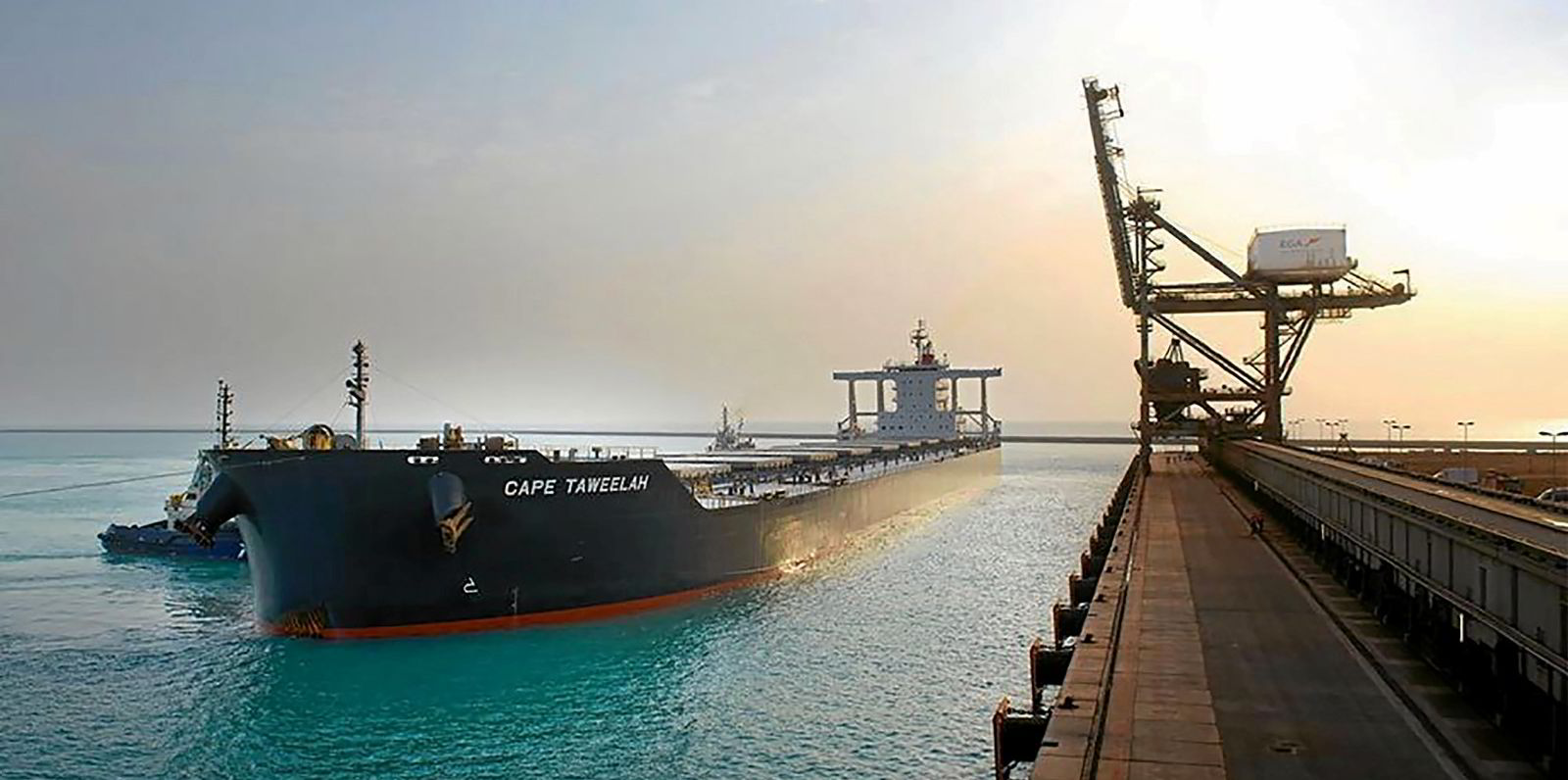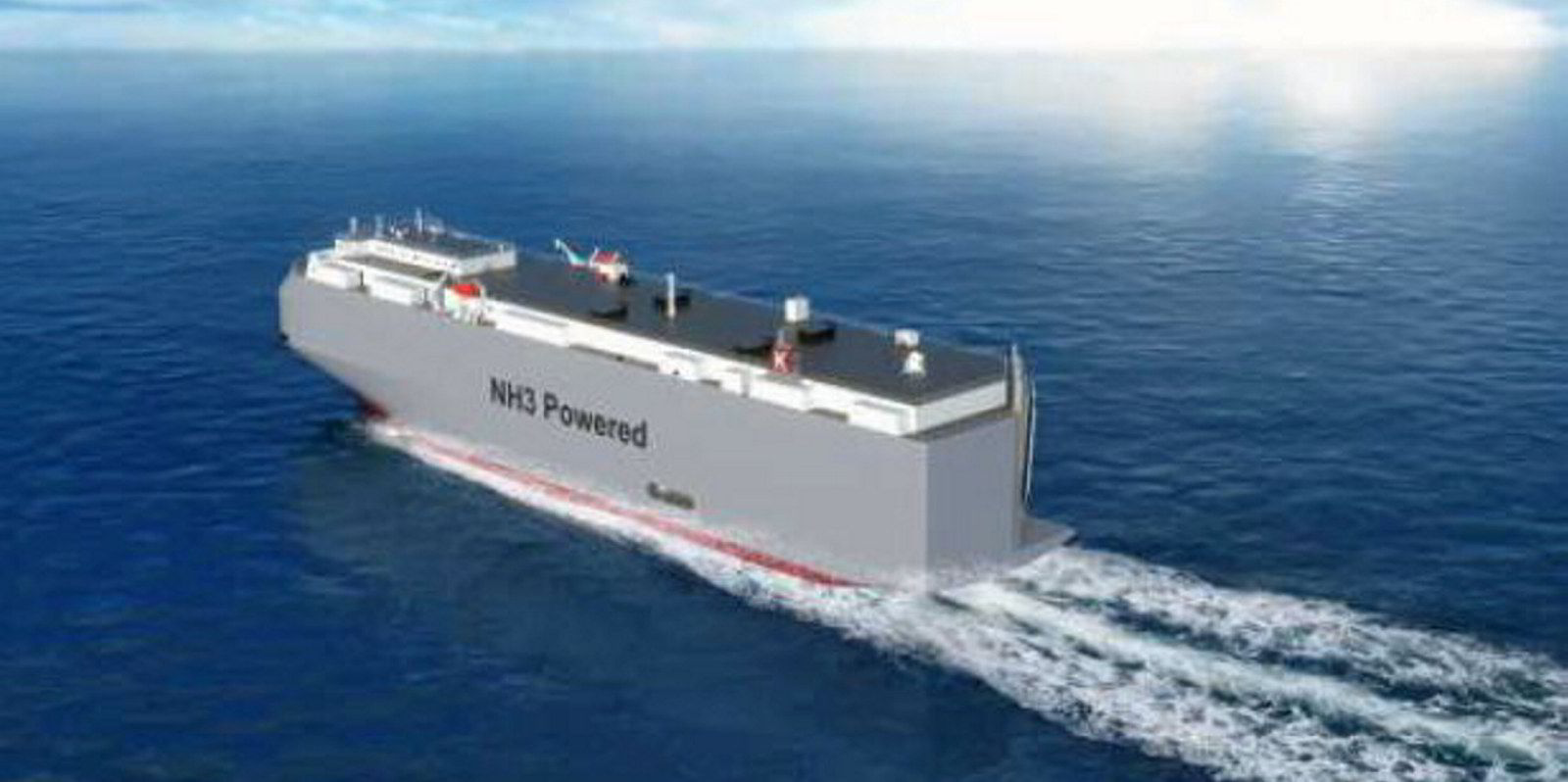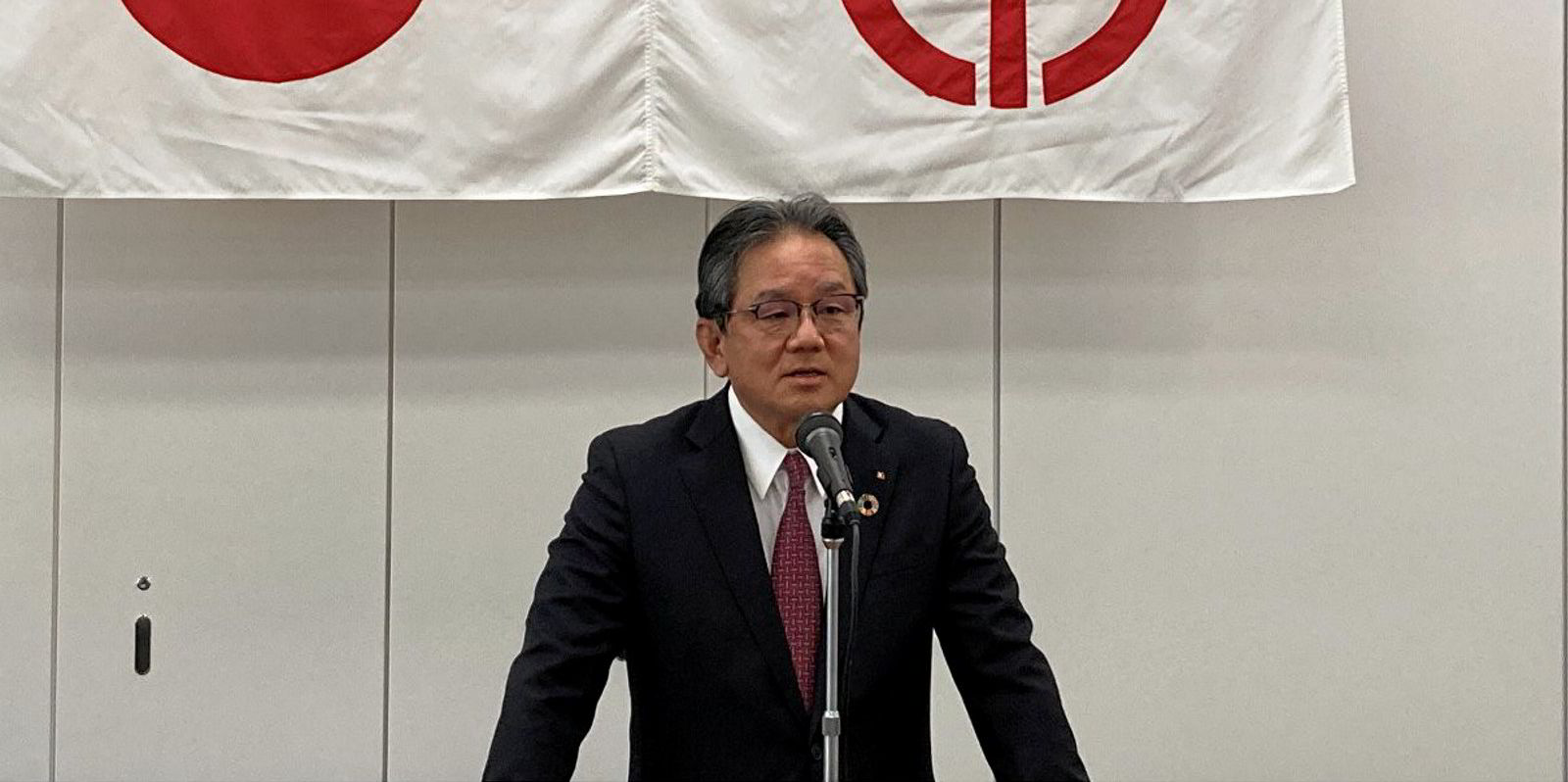Expect K Line — the smallest of Japan's "big three" public shipping companies — to accelerate its fleet renewal campaign in the next few months.
The company last year completed a plan to shake out older car carriers and will now focus on offloading inefficient bulkers, K Line's president and chief executive officer Yukikazu Myochin said in a new year message, delivered to employees at the company's Tokyo head office on Tuesday.
K Line decided during the fiscal year ending in March 2021 to shrink its fleet by about 50 "uneconomic and aged" vessels — mainly car carriers and bulkers.
"Optimisation" of the dry bulk fleet will now be brought forward within the current fiscal year, which ends on 31 March 2022, Myochin told employees.
Any bulker sales would improve revenue flows even further in what is shaping up to be a highly profitable year.
In its last financial results unveiled in November or the first half of the fiscal year 2021, the company reported its best ever earnings performance.

K Line, which owns about 100 mostly large bulkers benefitted hugely from booming container ship markets that boosted the results of its liner affiliate Ocean Network Express (ONE).
"Due to performance improvements in the container ship business and within the company's four business divisions, we have been able to set a course for recovery during the current fiscal year by rationalising the fleet, restructuring unprofitable business and working to address the company's negative legacy," Myochin said.
Part of that negative legacy was the offshore vessel fleet of its Norwegian subsidiary K Line Offshore, which the company decided to dissolve and sell off last month to cut its losses.
"In light of the future economy of the European offshore support vessel business, we have recently decided to restructure by withdrawing from the business," Myochin explained in his new year message.
Net-zero by 2050
Far from being a sign of retrenchment, the cutbacks signal a new round of expansion for the company.
The container ship boom has helped restore K Line's equity ratio to 40% and more than doubled its equity capital to ¥469.6bn ($4bn) as of 30 September 2021 — exceeding a long-term target to hit the ¥400bn mark by 2030.
With its war chest replenished, the company has embarked on a fleet renewal plan that saw it order eight LNG-fueled car carrier newbuildings in September, as well as one LNG-fueled capesize bulk carrier and one LPG-fueled LPG carrier.

In a far more technologically challenging project, K Line and compatriot shipbuilder Shin Kurushima Dockyard secured in December approval in principle for an ammonia-fuelled car carrier design.
"We … aim to introduce zero-emission vessels as early as possible by the end of the second half of the 2020s," Myochin said in his new year address.
The ammonia project is in line with an ambitious revision of K Line's environmental goals in November, when the company replaced a previous target to halve greenhouse gas emissions by 2050 with the loftier ambition to reach net-zero GHG by the same deadline.
Many of K Line's customers are already adjusting their supply lines to a carbon-free future so the company has to move with them, Myochin said.
"As demand for the transportation of materials required for the development of renewable energy such as offshore support for offshore wind energy generation, for the transportation of new forms of energy such as hydrogen, ammonia, and for the transportation of liquefied CO2 are expected to expand, the provision of services for supply chain creation and transportation present us with substantial growth opportunities," according to K Line's chief executive.
These ambitions will form part of a revised management plan currently being drafted by the company, which aims to combine "growth strategy and disciplined investment", Myochin said.
The exercise is underpinned by an upbeat outlook. Despite lingering uncertainties about Covid-19 mutations and geopolitical trouble between the US and China, Myochin expressed optimism about global economic prospects.
"I expect there will be a further shift from recovery supported by [government] policy … to autonomous recovery in the global economy from 2022," he said.




